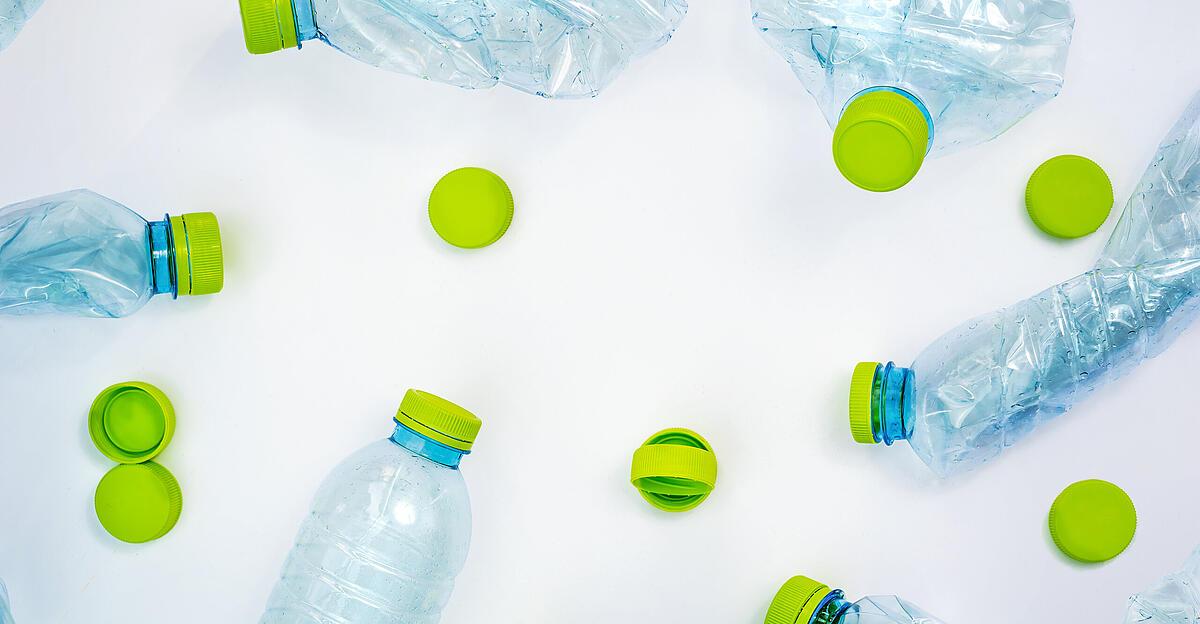How these particles manage to cross the blood-brain barrier has now been shown for the first time in a research project by MedUni Vienna. The study published in the journal “Nanomaterials” forms the basis for further research into the protection of people and the environment, the university announced on Friday.
The study was conducted in animals given oral doses of micro- and nanoplastic particles made of polystyrene, a common plastic used in food packaging, for example. The research team headed by Lukas Kenner (Clinical Institute of Pathology at MedUni Vienna and Department of Laboratory Animal Pathology at Vetmeduni) found that tiny polystyrene particles can be detected in the brain just two hours after being absorbed. With the help of computer models, the researchers have now discovered that a specific surface structure (biomolecular corona) is crucial for the passage of the plastic particles into the brain.
The blood-brain barrier is an important cellular barrier that protects the brain from invading pathogens or toxins. Intensive research is being carried out into the health effects of plastic particles in the body. MNPs in the gastrointestinal tract have already been associated with local inflammatory and immune reactions and with the development of cancer. “In the brain, plastic particles could increase the risk of inflammation, neurological disorders or even neurodegenerative diseases such as Alzheimer’s or Parkinson’s,” explained Kenner. However, further research is required.
Visible to the naked eye
Nanoplastic is defined as being less than 0.001 millimeters in size, while microplastics are sometimes still visible to the naked eye at 0.001 to 5.0 millimeters. MNP enter the food chain from packaging waste, among other things. Not only solid but also liquid food plays a role here: According to a study, anyone who drinks the recommended 1.5 to two liters of water per day from plastic bottles consumes around 90,000 plastic particles per year in this way alone. However, anyone who uses tap water can – depending on their geographical location – reduce the intake to 40,000, the MedUni explained.


